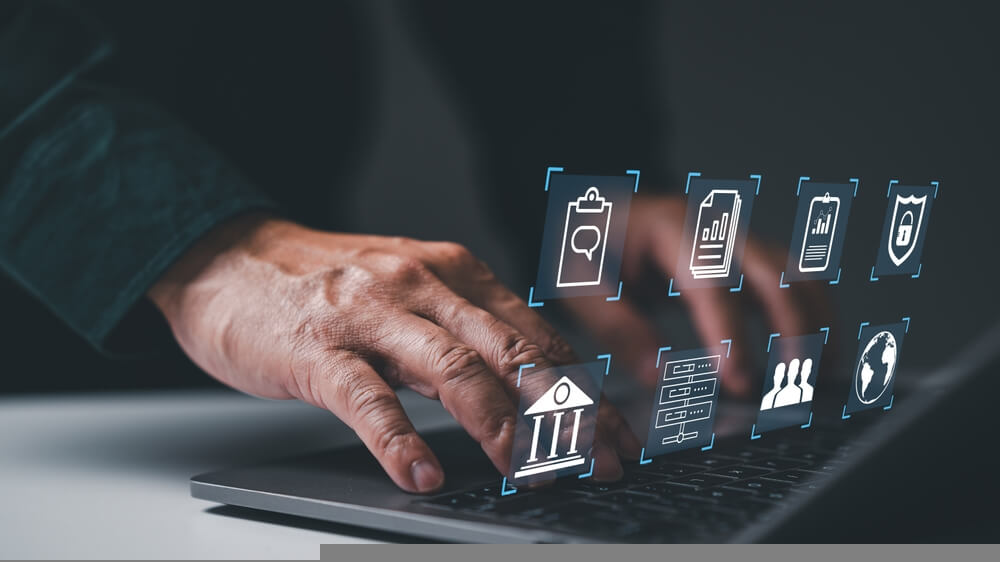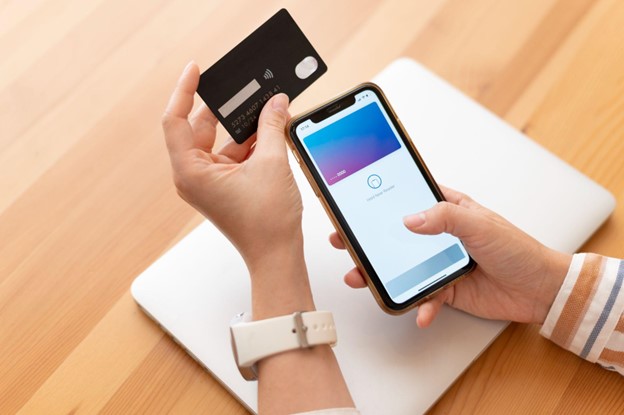How Payment Orchestration Boosts Conversion Rates for Online Businesses ?

Picture this – a potential customer lands on your website and loves the design, layout, navigation, and of course, your products. They add a few to their cart and head to checkout. And that is where everything goes for a toss. The potential customer can’t find their preferred payment mode, are redirected to a different page to complete the transaction, or the payment processing takes too much time. Frustrated, they abandon the cart, and you lose a customer and sale. Essentially, your conversion rate takes a hit. In fact, the cart abandonment rate in the online shopping world is around 70%, with reasons ranging from complex or extra-long checkout process and website errors to lack of enough payment methods and doubts about site security. So, if you are worried as a merchant or facing similar issues, consider a payment orchestration platform to boost customer experience and increase conversions.
Such a platform helps you to consolidate and manage multiple payment gateways, methods, and providers in various markets in a centralized manner. From collecting and encrypting payment information to routing the same to the right processor and handling authorization and fund settlement, a payment orchestration solution does it all. The absence of manual intervention and separate integrations with different payment providers also means minimal errors and a more efficient, faster, and safer payment process. Now, let’s find out how payment orchestration nudges potential shoppers from the consideration to the purchase stage.
Boosting Conversions with Payment Orchestration is Easy
Payment orchestration can give you better control over the last mile of the buyer’s journey, reduce friction, and simplify checkout. Your chance of converting site visitors into paying customers shoots up due to the following:
• Better Acceptance Rates
A key reason why it is possible to achieve more conversions with payment orchestration is that every transaction gets routed to the most suitable payment processor automatically after a customer chooses a payment method and enters details. The routing usually happens based on historical transactions, user location, and currency used. If one processor is unable to authorize the payment request, the orchestration platform reroutes the latter to another processor. This automated repeated trial process lowers the possibility of false declines and boosts the acceptance rate. Naturally, conversion rate also goes up.
• More Options for Customers
When you use a payment orchestration platform, you can offer customers the freedom to choose from multiple payment methods, including digital wallets, debit and credit cards, internet banking, and payment links in UAE. This can encourage them to go ahead with the transaction and improve your brand image in their mind. Card abandonment rate will decline, as customer satisfaction increases. Not only will this boost conversions, but also promote repeat purchases and loyalty in the long run.
• Improved Scalability
If you are planning to expand beyond the UAE, venture into new markets, or explore the potential of untapped demographics, payment orchestration can give you the right push. It can help you accept payments in multiple currencies, which means customers in different countries can comfortably pay in their local currencies. You can also provide them localized payment methods they are already familiar with besides new ones, thereby increasing flexibility during checkout. In other words, orchestration can help you keep up with varied and changing customer preferences and demands, which means more conversions and a bigger customer base. You can grow fast and with the least possible resistance even in remote corners of the world.
• Stronger Security
Payment orchestration for higher conversion rates also works because such a platform is packed with advanced security mechanisms to prevent frauds and cyberattacks. It will be compliant with PCI-DSS and other industry standards and use measures like tokenization, fingerprinting, and 3D Secure authentication methods to fight identity theft, phishing, chargeback fraud etc. Usually, top orchestration platforms such as PayTabs leverage AI and machine learning tools to strengthen security during checkout. And when customers are convinced about the safety of your website, they will be more likely to convert.
• Superior Analytics
Using a payment orchestration platform means you will have your hands on real-time data associated with consumer behaviors, trends in payments, and suspicious or unusual activities. You will not only gain better visibility into everything transaction-related, but also get a clear idea about the performance and cost-effectiveness of every payment service provider. You can figure out which processors authorize more transactions and which ones are responsible for more chargebacks. This will help you compare multiple service providers, negotiate more lucrative terms with them, detect gaps in the payment process, and even identify opportunities to enhance the customer experience. In other words, powerful data analytics and insightful reports can help you take smarter decisions for the buyer journey.
Also Read: How To Fight Ecommerce Fraud With Payment Orchestration ?
Be Careful About Selecting a Payment Orchestration Platform
Now that you realize how payment orchestration and conversion rate optimization go hand-in-hand, it’s time to choose a platform that aligns well with your business and helps you get more paying customers. Not all platforms have the same features or capabilities, so compare their services, fees, and reviews before taking a call. Check whether they have in-depth data analytics prowess, robust security protocols, and ask about their range in terms of payment gateways, methods, and currencies. Or to be on the safe side and invest in a platform that can boost conversions from the get-go, opt for PayTabs.









